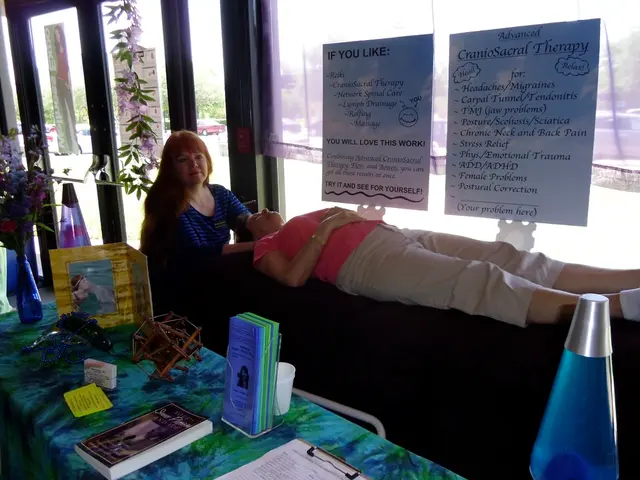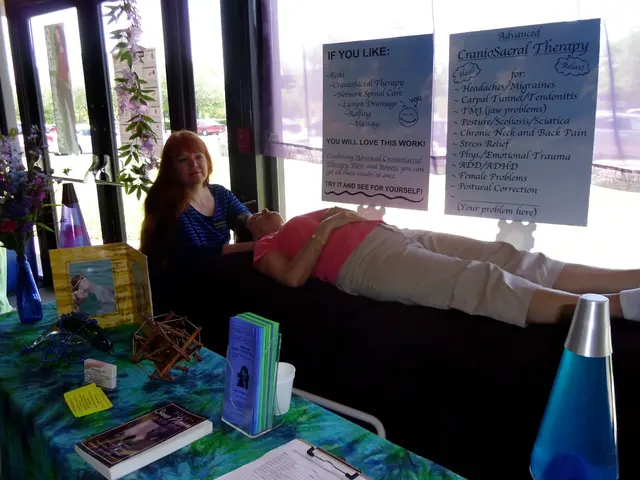Sydenham Chorea: Description, symptoms, and treatment outline
In the realm of neurological disorders, Sydenham Chorea (SC) is a condition that predominantly affects children. Characterised by involuntary movements, SC is often linked to rheumatic fever caused by an infection with Group A beta-hemolytic streptococcus (GABHS).
The primary treatments for SC are designed to manage the symptoms and address the underlying infection. Antibiotics, such as penicillin, are commonly administered to treat the streptococcal infection.
Corticosteroids, like prednisone, are another key treatment. These medications help reduce inflammation and alleviate chorea, with dosages typically ranging from 0.75 mg/kg/day to 1 mg/kg/day, followed by a gradual taper over several weeks.
In some cases, anticonvulsants like valproate or carbamazepine may be prescribed to help manage chorea if corticosteroids are not effective or if there are contraindications.
The success rate of treatments for SC can vary, but corticosteroids are generally effective in reducing symptoms in most patients. Symptoms often resolve within weeks to months, although recurrence is possible.
While corticosteroids are effective, there is a need for more prospective studies to fully understand their long-term benefits and potential side effects in the context of SC.
It is essential to note that while SC shares some similarities with Huntington's disease, they are distinct conditions. Unlike SC, Huntington's disease is an inherited condition that typically causes symptoms in adulthood, and there is currently no cure.
SC is characterised by sudden onset chorea, which are random, involuntary movements. It is an autoimmune response to the infection, where antibodies mistakenly attack healthy parts of the body, including the basal ganglia cells in the brain.
SC is relatively rare in North America and Europe due to infection control and the wide availability of antibiotics. It appears to affect girls more than boys, most commonly between the ages of 5-15.
Most children will completely recover from SC, although some may experience persistent jerky movements despite treatment. Children with a history of SC have a higher chance of developing PANDAS, a condition where a sudden onset of OCD, ADHD, tic disorders, and autism may be diagnosed.
Doctors may order various tests such as blood tests, MRI, CAT, and PET scans, SPECT imaging, EKG, echocardiogram, and cardiac tests to aid in the diagnosis of SC. A thorough evaluation of a person's symptoms, including muscle movements and heart function, and ruling out other diseases is also crucial in diagnosing SC.
- In the broader spectrum of medical-conditions and neurological-disorders, Science has yet to find a cure for Huntington's disease, unlike Sydenham Chorea which is primarily treated to manage symptoms and the underlying infection, such as Rheumatic Fever caused by GABHS.
- Antibiotics like penicillin, corticosteroids such as prednisone, anticonvulsants like valproate or carbamazepine, are some of the medical-treatments used in health-and-wellness for Sydenham Chorea, a disease that predominantly affects children and is characterized by sudden onset of involuntary movements.
- While corticosteroids have a significant impact in reducing symptoms of Sydenham Chorea for most patients, there is a need for further research into their long-term benefits and potential side effects in the realm of neurological-disorders, especially as they are distinguished from other diseases such as Huntington's disease, a distinct neurological-condition that is currently incurable.




